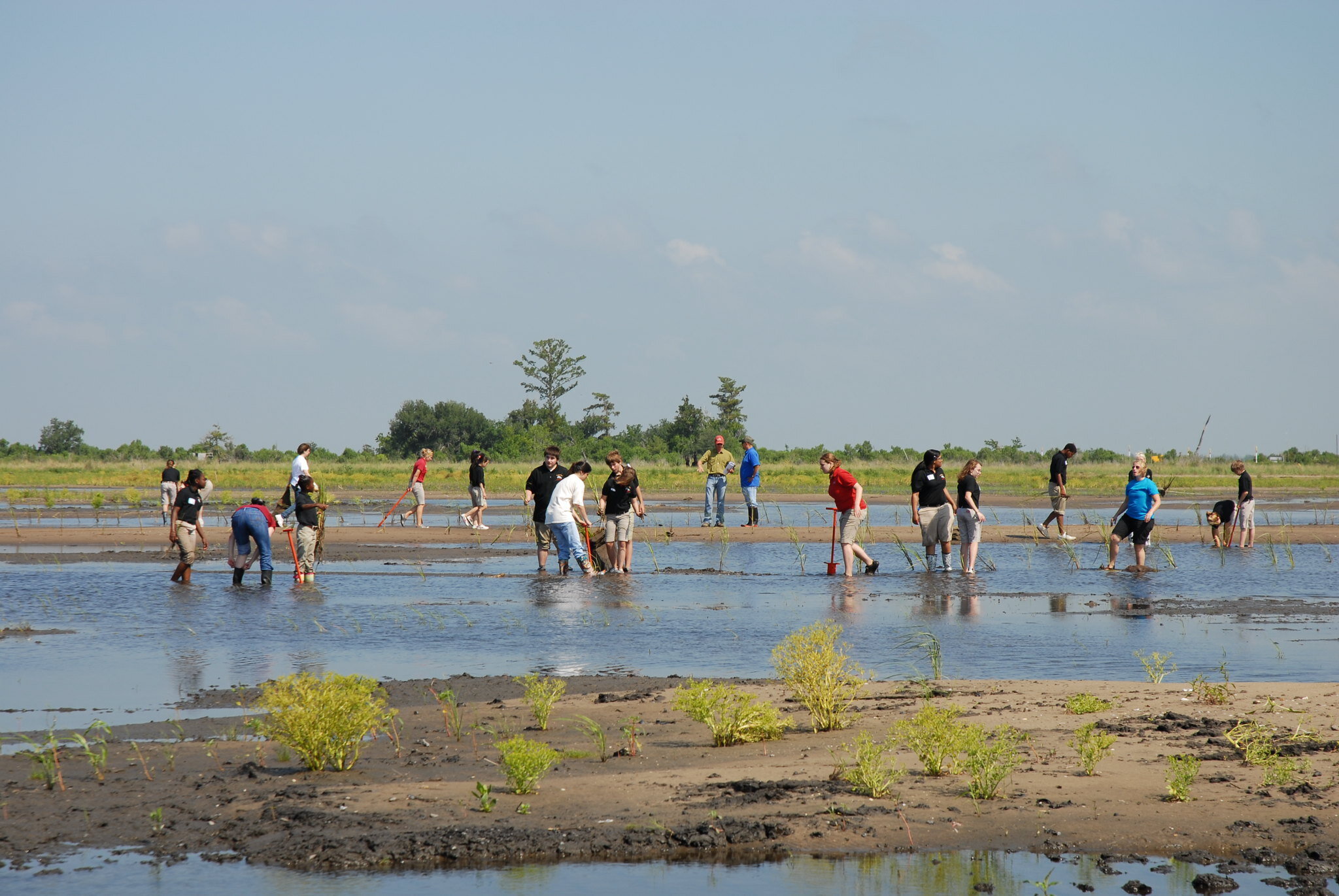5 Ways FEMA and States Can Leverage Financial Tools to Build Resilience, Fast
By Eric Letsinger, Quantified Ventures, and Natalie Snider, Environmental Defense Fund
This is a joint post with the EDF Growing Returns blog.
Climate change is exacerbating flooding, leaving many regions increasingly vulnerable. The recent IPCC report indicates seas will rise 6 to 12 inches by 2050, and climate change is fueling more intense storms and increased precipitation.
States must act fast to finance and implement solutions that address these risks now and in the future.
State revolving loan funds (SRFs) — federal low-interest loans administered by state agencies — provide an opportunity to finance projects quickly. The recent Safeguarding Tomorrow through Ongoing Risk Mitigation (STORM) Act authorizes the Federal Emergency Management Agency (FEMA) to establish hazard mitigation revolving funds. And the infrastructure bill that recently passed the Senate allocates an additional $500 million toward other state revolving funds over the next five years.
A new report from Quantified Ventures commissioned by EDF evaluates innovative best practices for securing these SRFs and using them effectively.
Here are five recommendations from the report.
1. Prioritize locally-informed projects.
When it comes to natural infrastructure, each state and municipality has its own needs and priorities. One-size-fits-all solutions rarely work. In order to support the right solutions at the right time for the right place, FEMA should prioritize natural infrastructure solutions while also increasing flexibility on eligibility requirements for funding.
Strict and prescriptive federal mandates for the use of SRFs for clean water projects have created burdensome administrative barriers that have contributed to project delays, over-spending and underutilization of funds. By avoiding federalization of SRF programs, including STORM funds, and allowing for a wide variety of unique, locally-informed projects, FEMA can distribute desperately needed loans more efficiently.
2. Embrace innovative repayment streams.
A consistent challenge for many SRF projects is identifying reliable repayment mechanisms. Natural infrastructure projects are multi-beneficial, presenting opportunities to generate new revenue streams for repayment, such as nutrient trading, carbon credits and sustainable forestry income. Future repayment streams could also include revenue earned for flood risk reduction or avoided damages.
To support states, municipalities and nonprofits pursuing natural infrastructure projects, FEMA should identify opportunities to combine these repayment types to reduce barriers.
The Iowa SRF loan into the Soil and Water Outcomes Fund, for example, provides upfront payments to farmers pursuing conservation practices that promote positive environmental outcomes like carbon sequestration or water quality improvements. By monetizing these environmental benefits, the program has created a market for environmental outcomes with reliable revenue streams used to repay return-seeking investment capital including SRF investments.
3. Expand environmental finance and diversify funding sources.
SRFs can support natural infrastructure projects with a wide variety of financial mechanisms, but there is often a knowledge gap for entities that lack financial expertise. To improve utilization and promote innovative, market-based projects, FEMA STORM should direct management of the loan fund to experienced environmental finance experts. This expertise will allow for more innovative uses, such as leveraging.
Furthermore, while STORM is one of the newest SRF programs, existing SRF programs can have similar goals, including stormwater, water quality and floodplain restoration and reconnection. FEMA should take advantage of co-funding from other federal entities to create larger and more strategic projects.
For instance, the New York SRF and New York State Energy Research and Development Authority (NYSERDA) Energy Credit Enhancement program established creative partnerships and leveraged existing federal funds with an unexpected overlap between energy efficiency and clean water. By leveraging SRF funds for clean water infrastructure, the state was able to support energy efficiency loans provided by NYSERDA.
4. Invest in project development.
Most SRF programs are designed to evaluate and fund fully-baked project applications. However, state programs may lack the expertise or resource capacity to initiate natural infrastructure project development and may turn to grants-only financing approaches and engineered solutions over natural infrastructure.
FEMA should consider solutions to bridge these knowledge gaps and assist with project development before finalizing project applications. Small investments to support project development promise strong returns on investment by bringing more fully developed projects to SRF programs.
5. Highlight the co-benefits of environmental infrastructure.
FEMA and entities pursuing SRF projects need to better articulate the economic and social co-benefits of natural infrastructure projects. Quantifying and effectively communicating anticipated savings to municipalities can increase investments and collaboration by highlighting the benefits of “upstream” investments to the entire watershed.
The climate crisis expands the urgency for action to protect communities from increasing adverse impacts. It’s time for policymakers to think outside of the box and pursue flexible, innovative approaches to get vital resilience projects built quickly.
Natural infrastructure can provide protective barriers to reduce flood risk while also offering community green space and supporting green jobs. Photo credit: Louisiana GOHSEP, CC BY SA 2.0.


